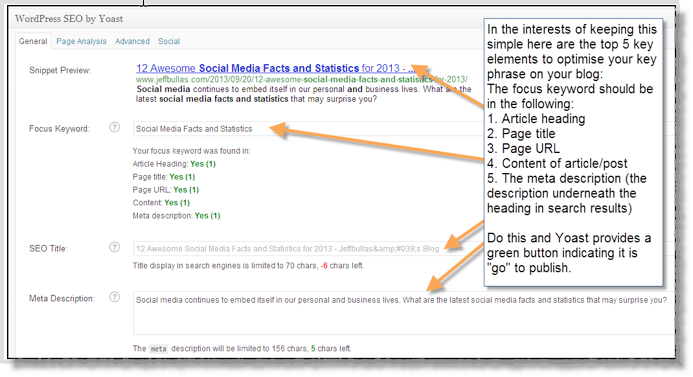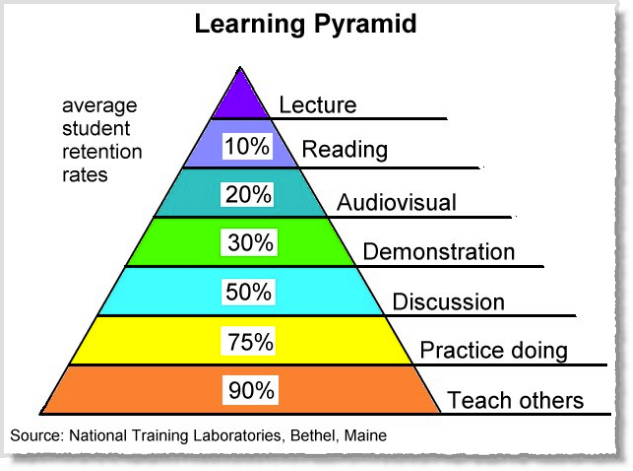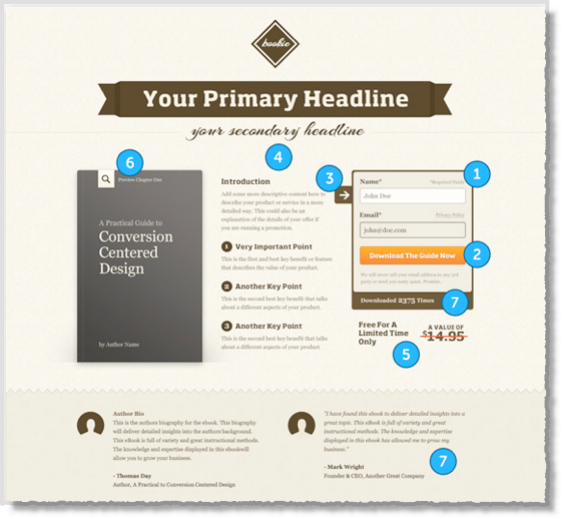In a dark cave called Google labs, 600 mathematicians with PhD’s who live on a diet of corporate provided designer food and who hang out in an office disguised as a playground flicked a switch.
They let the Hummingbird update to their search engine algorithms loose.
Their goal?
Make finding information with their search engine a great user experience for billions who use their search engine to find “content” that excites and salivates the senses.
Content is the lifeblood and cornerstone of the knowledge web that is driven by search and social networks. It doesn’t matter if you are are focused on social media marketing or search marketing, contagious content needs to be woven into your overall marketing strategy.
Content marketing evolves
Many became distracted by Facebook but savvy social media marketers had a light bulb moment while on a love fest with Mark Zuckerberg’s toy. They realized that they couldn’t just keep chasing Facebook likes in ever decreasing circles and realized that adding awesome content was need as a key tactic in their marketing arsenal.
This came together and started an online trend and tsunami of content creation and curation. Content marketing is now being woven into the DNA of digital marketers who understand the power of content to attract and sell. Let’s have a closer look at the key principles of content marketing.
Here are the 10 commandments of content marketing.
1. Create the best content you can
Easy said but hard to do. Making your content memorable and sticky is a craft that has many parts. A good place to start to help you do that is with the 6 key concepts that are contained within the book “Made to Stick”
Here are the 6 principles to guide your content creation.
- Simplicity
- Unexpectedness
- Concreteness
- Credibility
- Emotions
- Stories
If you can weave some of these principles into your content creation then you are well on your way to awesome content. You can read more at “6 Ways to Make your content Sticky”
2. Write awesome headlines
In the past people had to buy a book, purchase a magazine or a newspaper to obtain information. That purchase was a financial commitment no matter how small. You bought it and you were committed in some small way to keep reading..
On the social web that offers so much content for free if that headline doesn’t grab you or the first line doesn’t touch your heart or your mind it is discarded and you are on to the next snippet.
Nanoseconds and fleeting web surfers are a challenge for content creators. You have only moments to capture attention and get that click on your link whether it appears in a tweet, a search engine result page or a Facebook post.
Learn the art of writing headlines.
3. Create focused content
Successful businesses know their customers. They understand their problems, their wants and pain points. Content needs to be focused around that ecosystem of topics that provides answers, meets their deep desires and solves the customers pain.
Content needs to be kept on a tight leash. Always be putting yourself in their shoes and asking the questions “Is this something my customer needs to know?” or “Would they find this information fascinating?“. If you know your topic and are passionate about your industry then you know what those answers and topics are.
4. Give content coherent structure
We are a time poor society that is bombarded with messages, ideas and information that is often overwhelming. The avalanche of data keeps coming. The challenge is often not what to read but what “not to read”.
Walls of text without structure are a turn off . The key elements to well structured written content are:
- Short sentences
- Short paragraphs
- Subtitles
- Bullet points
- Lists
Don’t serve up an article that screams at the reader “I dare you to find the key points within this vast wall of text”
5. Make it easy to share
Content needs to flow. It needs to be liquid and designed and built for the social web.
Social sharing buttons that are prominent and easy to find are a war you must win with your web designer. I often see greyed out sharing buttons that only an eagle could spot. What is also often overlooked are buttons without social proof (not showing how many times the article has been tweeted on Twitter or shared on Facebook).
Even prominent publications such as the online New York Times get this wrong.
Sometimes function needs to overwhelm design sensibilities.
6. Optimize for search engines
Facebook and Twitter are maybe sexy and in fashion but Google isn’t to be forgotten. Before hitting that publish button on your blog make sure you have made it easy for search engines to index and crawl your key words, phrases and content.
There is no excuse to not do this with free plugins available for WordPress that make this easy and efficient.
See the screenshot from my blog showing how Yoast helps you optimize your site for search engines.
This tool will guide you in making your content and blog articles “visible” to search engines. This is based upon optimizing your keyword phrase in the content of your article/post on your blog.
7. Give it a brand voice
Each brand whether personal or corporate has a certain voice. It may be edgy, adventurous or even conservative. This personality or “voice” should be woven into your content DNA.
Corporate brands such as Coca Cola calls this “linked” and “congruent” content that matches the brand mission and purpose.
Want to see a brand that gets this. Checkout Red Bull’s content.
Personal brands are not immune from making this part of their content creation. Read more about this in “7 Tips to Finding your Writing Voice”
What is your brand personality?
8. Make content multimedia
The power of words should not be underestimated but the “Visual” web demands more. Create and publish your content into a range of multi-media.
Same message but in a variety of formats.
There is also another principle at play here around the retention of information and learning. The more senses involved, the higher the retention rates. Here is Edgar Dale’s “Learning Pyramid” showing the increased retention rates when you involve multiple senses and multi-media.
Source: National Training Laboratories, Bethel, Maine
Create and publish videos, podcasts, images and infographics and that’s just for starters. Don’t forget whitepapers, ebooks and transcripts. Some like to read and others love to watch.
9. Distribute onto multiple social networks
Don’t assume that your audience is only on Facebook. Everyone has their social network preferences. Some like Twitter, others love Pinterest and YouTube has 1 billion unique visitors every month.
Same content different networks.
So once you have hit the publish button then it’s time to distribute your content far and wide. Ubiquity is the goal. This builds trust, grows brand awareness and credibility.
10. Convert readers to buyers
Content without a goal is a waste of time and money for business and brands. The goals of content marketing can include obtaining subscribers for your email list, increasing Facebook likes and finally selling a product or service. Make sure your content converts readers to buyers. Content marketing needs a sales or “landing page” that converts.
According to Unbounce a sales landing page based on “Conversion Centered Design” should have seven key elements which are in the two categories of design and psychology
Design
- Encapsulation
- Contrast & color
- Directional cues
- White space
Psychology
- Urgency and scarcity
- Try before you buy
- Social proof
Here is how that would look in a sample design below.
What about you?
Is content marketing part of your digital marketing strategy? Could you do better? What is missing from your tactics?
Look forward to hearing your stories and insights in the comments below.
The post The 10 Commandments of Content Marketing appeared first on Jeffbullas’s Blog.





